Cavitation happens when bubbles form in a fluid when the pressure drops quickly below vapor pressure. When the bubbles experience higher pressure,...
Continue ReadingA Simple Guide to Removing Air from Hydronic HVAC Systems
In hydronic HVAC systems, water is circulated through the pipes and equipment as it delivers and removes energy throughout the system. In a closed...
Continue ReadingHow Does a Hydronic HVAC System Work?
Are you unfamiliar with how air conditioning, or HVAC, systems work? HVAC is the Heating, Ventilating, and Air Conditioning (HVAC) method for...
Continue ReadingBest Installation Practices for All HVAC Pump Styles
You can purchase the best pump in all the world for your commercial HVAC system but, if it is installed improperly, it will mean additional costs in...
Continue ReadingDoes Your Boiler Design Hold Up in Winter?
I’ve been in the commercial HVAC rep business for over 15 years now and have helped many people design and select boiler systems for their buildings....
Continue ReadingPump Cavitation (Technically, It Ain't Air!)
Pump Cavitation. Even if you don't know anything about HVAC pumps, you would probably think this is a bad thing. And, you would be right!
Continue ReadingPump Talk: HVAC Minimum Pump Speeds
Most modern HVAC equipment modulates, or varies, its speed in order to conserve energy while operating at part-load conditions (any condition less...
Continue ReadingActive Chilled Beams: Combine Cooling, Heating, and Ventilating with No Moving Parts!
Active Chilled Beams (ACBs) are capable of delivering up to 1500-BTUs per Liner Foot of beam of sensible cooling when supplied with medium...
Continue ReadingHydronic HVAC Systems: Air Elimination vs. Air Control
Earlier, in the blog post “Why Air Must Be Removed from Hydronic HVAC Systems," we discussed several of the issues free air and dissolved air may...
Continue Reading
.png)
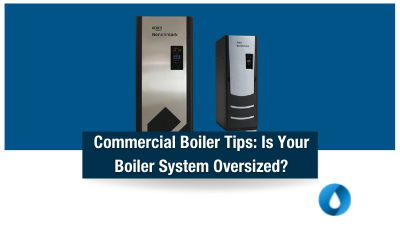
.png)
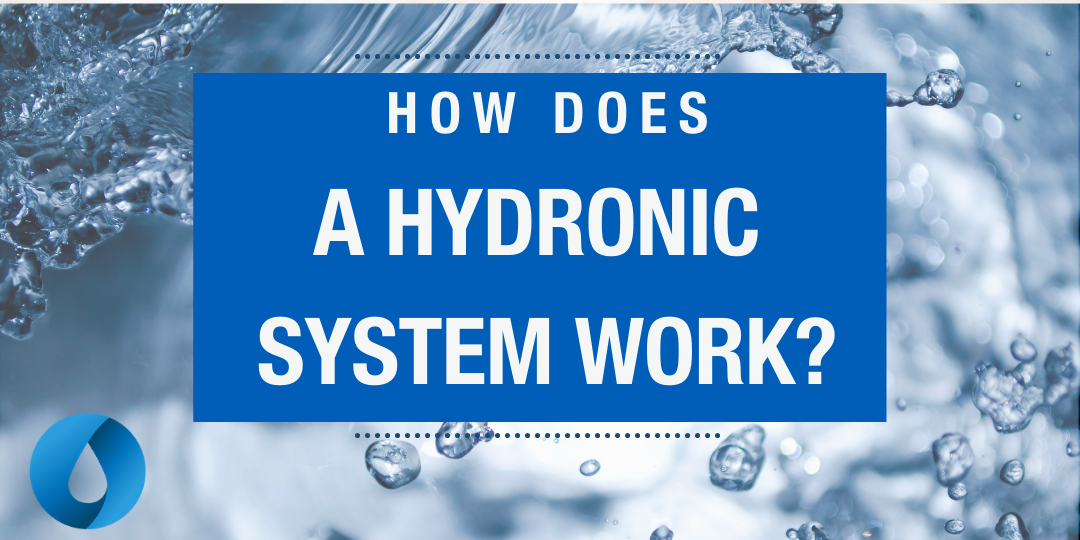
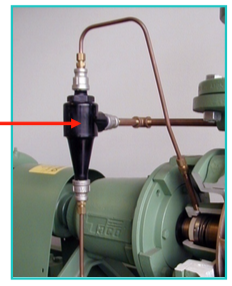


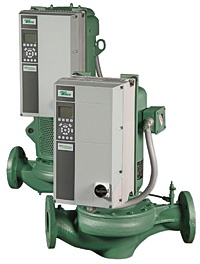
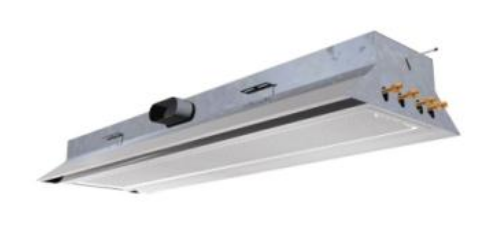
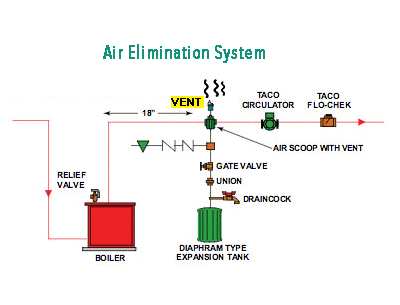



Submit a Comment